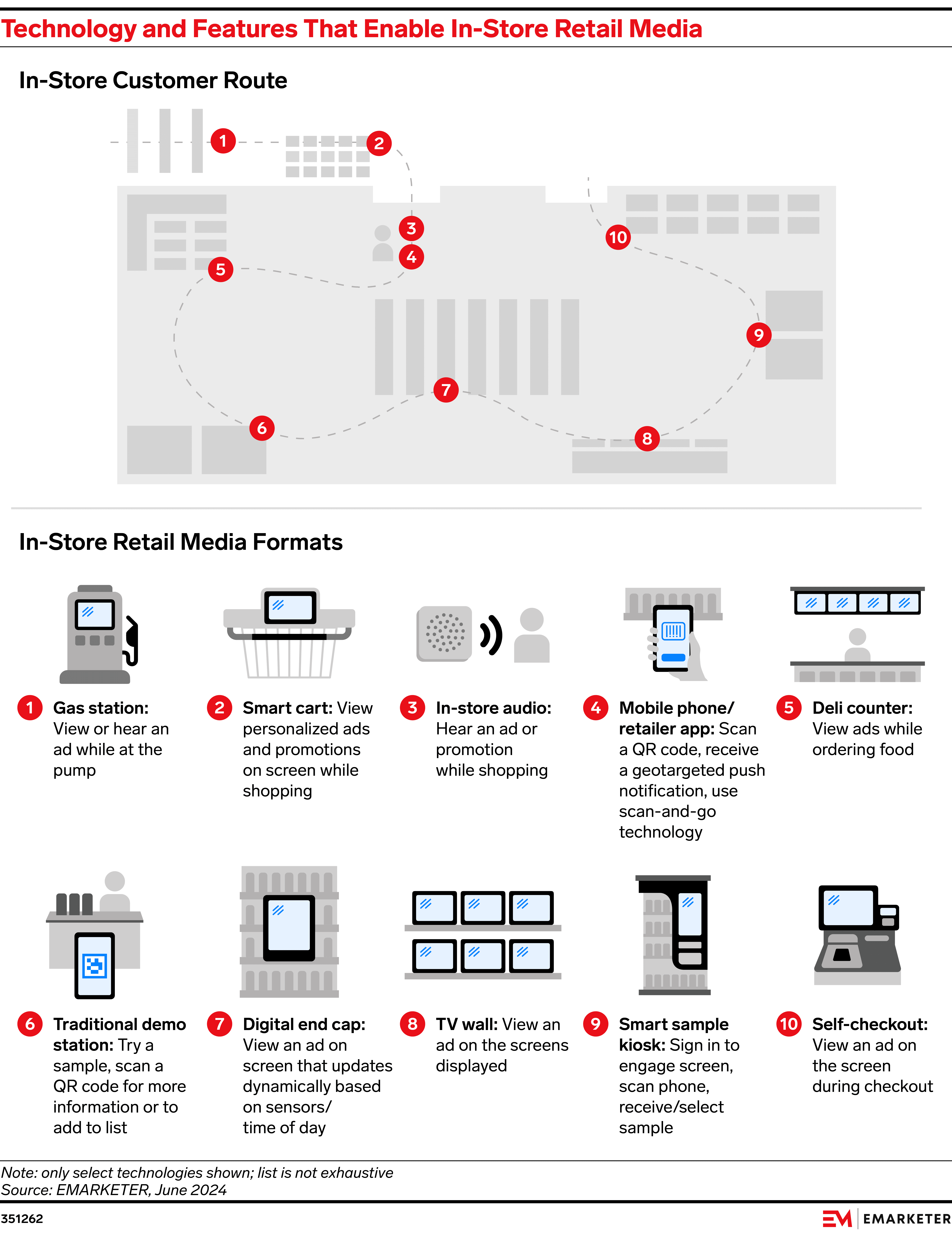Why the Shopper Experience Must Stay
at the Center of Every Retail Media Strategy
Retail media has quickly become one of the most lucrative developments in modern commerce. But in the rush to monetize, a critical question is surfacing across boardrooms, brand meetings, and executive roundtables: Are we enhancing the shopping experience—or compromising it?
There’s no doubt that retail media has unlocked new revenue streams and transformed how retailers think about their digital and physical assets. But as media inventory expands into product detail pages, search results, in-store signage, and mobile apps, retailers face a delicate balancing act. The desire to grow ad revenue must never come at the cost of the shopper experience. And if it does, the long-term consequences—brand erosion, shopper fatigue, and reduced loyalty—can be hard to undo.
Monetization and Experience Are Not Mutually Exclusive
The good news? Done thoughtfully, retail media doesn’t have to feel invasive or exploitative. In fact, when executed well, it can enhance the customer experience.
Take personalized offers delivered at just the right time, or helpful product recommendations that streamline the path to purchase. A digital screen in-store that surfaces relevant promotions based on aisle-level data can feel like a service—not an interruption. Or a mobile push notification triggered by loyalty data, alerting the shopper to an in-stock item they’ve been waiting for. These moments are additive. They respect context. They reinforce the retailer’s brand promise.
The key is to design media experiences with intention. And that starts with a mindset shift: Retailers must view themselves not just as media sellers, but as stewards of the customer journey.

The Warning Signs of Over-Monetization
Unfortunately, not all retail media deployments follow this principle. We’ve all encountered sites where ads outnumber organic content, search results are dominated by pay-to-play listings, or store environments feel more like Times Square than trusted spaces for decision-making. These are the cautionary tales—and they’re becoming more common.
The symptoms are clear:
- Slower site performance from excessive ad placements
- Shoppers abandoning search or cart flows due to irrelevant promotions
- Store associates struggling to manage in-aisle displays or QR code interactions
- Brands questioning the ROI of placements buried beneath cluttered pages
These issues aren’t just tactical—they’re strategic. They erode shopper trust. And in a competitive landscape where loyalty is already hard to earn, they can blunt the very monetization strategies they aim to support.
Designing for Value: A Strategic Imperative
So what does a customer-first retail media experience look like?
It starts with a clear understanding of the shopper journey, mapped not just by channel, but by intent. What does the shopper need at each stage—from discovery to consideration to purchase to post-sale? How can media align to that need, delivering relevance without intrusion?
It also requires governance. Someone—usually a cross-functional team—must own the guidelines that define acceptable ad load, creative standards, personalization thresholds, and integration points across owned and paid channels. These aren’t static documents. They evolve as new formats emerge and customer expectations shift.
Finally, it demands measurement. Retailers must track not just media revenue, but its impact on core retail KPIs—conversion rate, basket size, NPS, return frequency. If the media strategy boosts one metric while dragging others, it’s time to recalibrate.

Where Salesforce and Others Fit In
Retailers leveraging Salesforce and other CRM, OMS, or ad tech platforms are in a strong position to enforce this balance. Salesforce’s Data Cloud can help ensure that targeting strategies are grounded in unified identity data. Marketing Cloud can coordinate messaging across owned and paid touchpoints. Tableau can provide the visibility needed to understand when media supports or undermines shopper behavior.
Paired with campaign execution tools like Kevel, CitrusAd, or The Trade Desk, these systems give retailers control over both the what and the how of their media programs. But even with the right stack, success depends on strategy.
V2’s Point of View
At V2, we often work with clients who are excited about the promise of retail media—but wary of its risks. We help them create blueprints for success that consider monetization and experience as dual goals, not trade-offs.
Our approach focuses on:
- Mapping customer journeys and identifying value moments
- Auditing current media placements and shopper pain points
- Designing governance frameworks for sustainable growth
- Integrating technology in a way that supports—not distracts from—the brand
We believe the best retail media programs are invisible in the best way: seamlessly integrated, highly relevant, and anchored in empathy for the end customer.
Building Trust Starts With A Conversation.
Let’s Build With the Customer in Mind
Retail media isn’t just a growth lever—it’s a brand statement. If you’re navigating how to scale media revenue without alienating shoppers, we can help.
At V2 Strategic Advisors, we bring a strategic, operational, and technical lens to retail media—ensuring that every ad experience is one your customers, partners, and teams can stand behind.
Let’s build something that benefits everyone.

